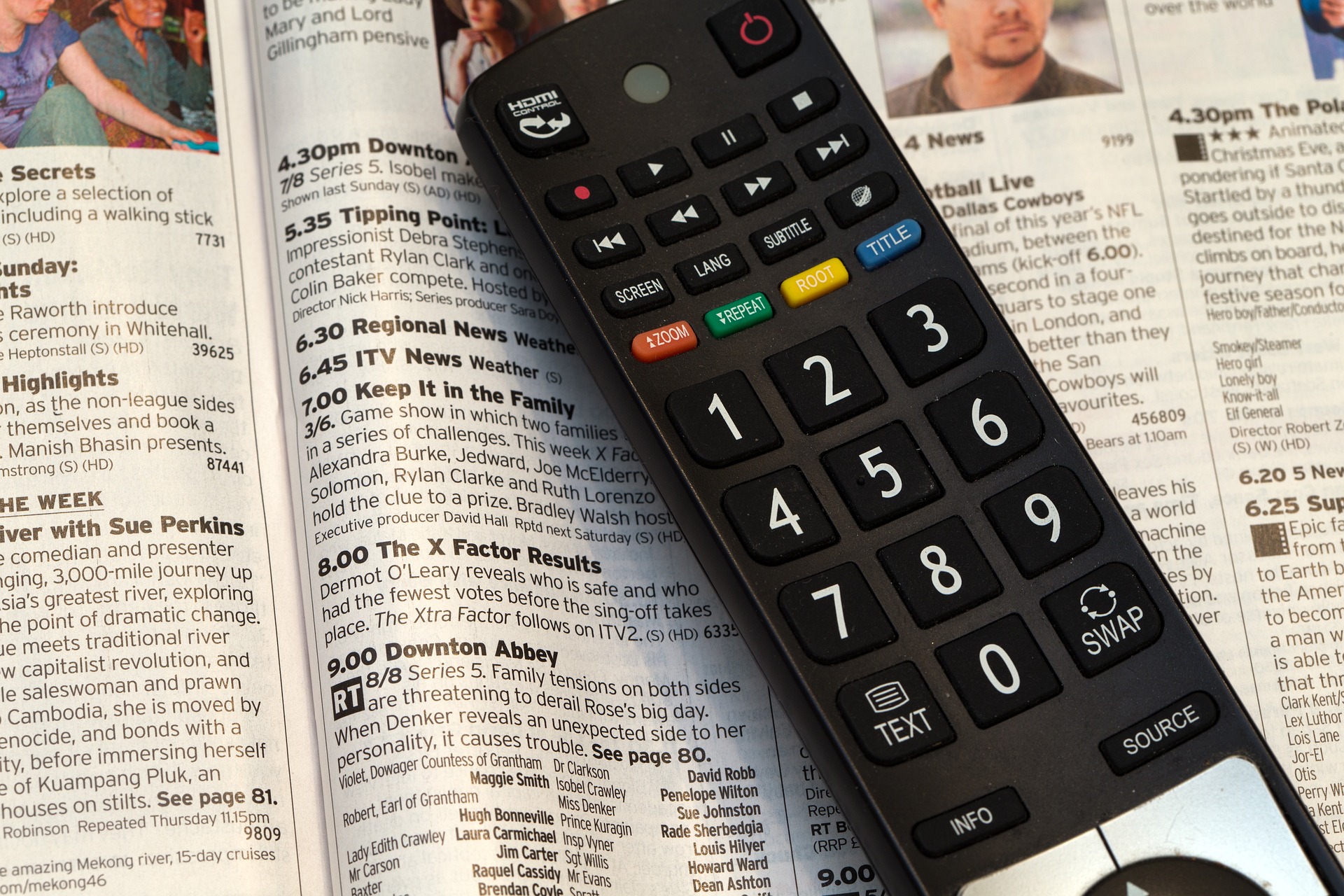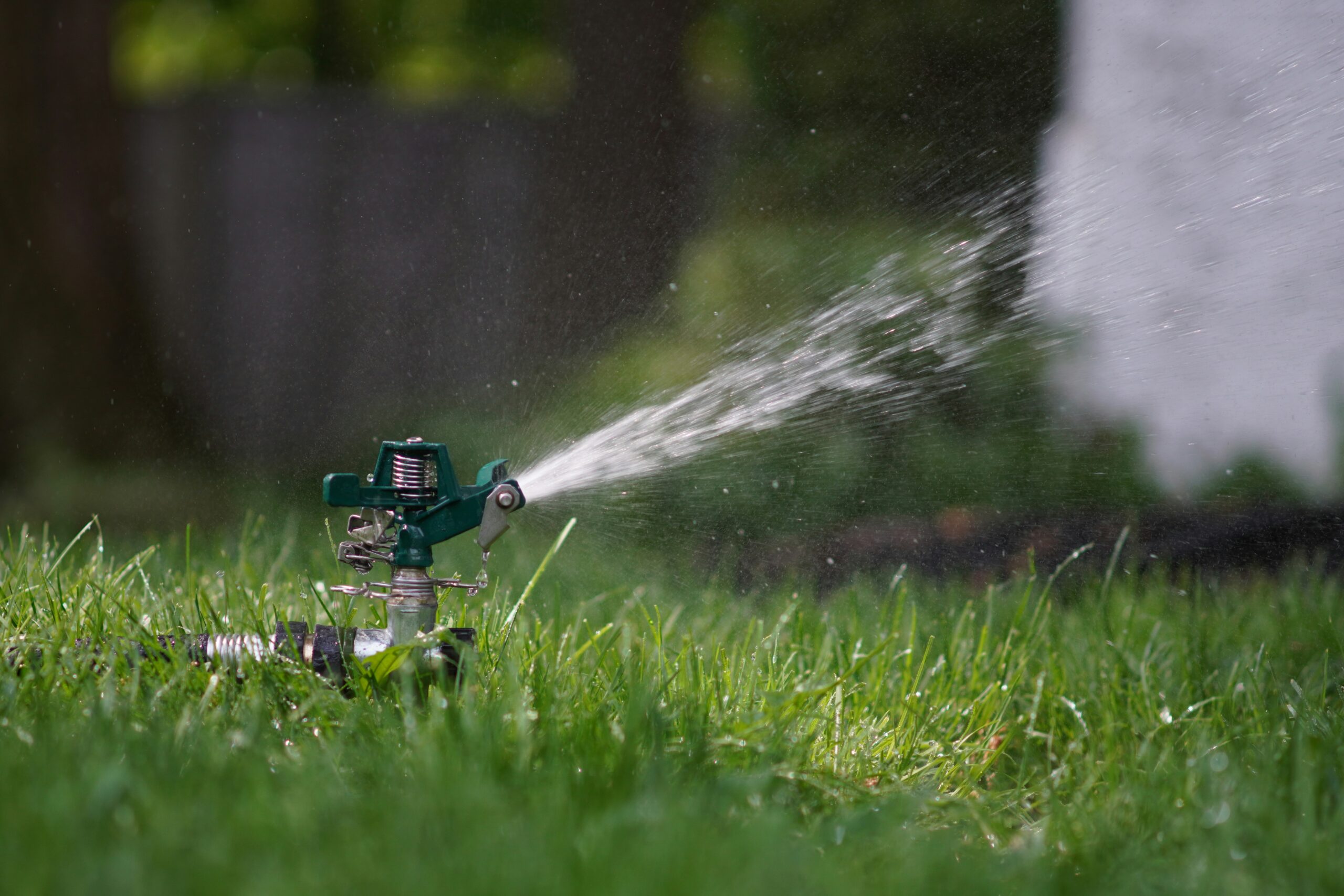Remote controls are an essential part of modern living, controlling everything from televisions and audio systems to air conditioners and smart home devices. Over time, these devices accumulate dirt, grime, and bacteria due to frequent handling. Proper cleaning and maintenance of remote controls are crucial for hygiene and functionality. This guide will cover every aspect of cleaning remote controls, including tools, techniques, safety measures, and tips for maintaining cleanliness.
Introduction
Importance of Cleaning Remote Controls
Remote controls are among the most frequently touched objects in a household, making them a hotspot for dirt and germs. Regular cleaning not only improves hygiene but also ensures the longevity and proper functioning of the device.
Common Contaminants on Remote Controls
- Dust and Dirt: Accumulated from surfaces and hands.
- Oils and Grease: Transferred from skin.
- Food Particles: From eating while using the remote.
- Bacteria and Germs: Due to frequent handling by multiple people.
Frequency of Cleaning
Ideally, remote controls should be cleaned once a week, or more frequently in households with young children, pets, or during flu season.
Tools and Materials Needed
Cleaning Supplies
- Microfiber Cloths: For dusting and wiping surfaces without scratching.
- Cotton Swabs: For cleaning hard-to-reach areas.
- Isopropyl Alcohol (70% or higher): Effective for disinfecting.
- Distilled Water: To avoid mineral deposits.
- Mild Dish Soap: For cleaning surfaces without damaging them.
- Compressed Air Can: For blowing out dust from crevices.
- Toothbrush: For scrubbing stubborn grime.
- Disinfectant Wipes: For quick, thorough cleaning.
- Small Brush: For fine details.
Safety Equipment
- Rubber Gloves: To protect hands from cleaning agents.
- Safety Glasses: To prevent cleaning agents from splashing into eyes.
Optional Tools
- Silica Gel Packets: To absorb moisture inside the remote.
- Plastic Tweezers: For handling small parts without damaging them.
Step-by-Step Cleaning Process
Preparation
- Gather Supplies: Ensure all necessary tools and materials are at hand.
- Remove Batteries: Take out the batteries from the remote control to prevent any electrical issues or damage during cleaning.
- Set Up a Clean Workspace: Use a well-lit area with enough space to work comfortably.
Surface Cleaning
- Dusting: Use a microfiber cloth to gently dust the surface of the remote control.
- Wiping: Dampen a microfiber cloth with a mixture of isopropyl alcohol and distilled water (1:1 ratio). Wipe down the entire surface of the remote, focusing on buttons and high-touch areas.
- Detailing: Use cotton swabs dipped in the alcohol-water mixture to clean around and between the buttons.
Deep Cleaning
- Disassemble (if applicable): If the remote control can be safely opened, use a small screwdriver to remove the screws and carefully separate the halves.
- Internal Cleaning: Use compressed air to blow out dust from the internal components. Wipe the internal surfaces with a dampened cloth if accessible.
- Button Cleaning: For removable buttons, soak them in warm soapy water, scrub gently with a toothbrush, and rinse thoroughly.
- Reassemble: Once all parts are dry, reassemble the remote control carefully.
Disinfecting
- Surface Disinfection: Use disinfectant wipes to thoroughly clean the entire remote, paying special attention to buttons and crevices.
- Drying: Allow the remote to air dry completely before re-inserting the batteries.
Final Touches
- Battery Contacts: Clean the battery contacts with a cotton swab dipped in isopropyl alcohol to ensure good connectivity.
- Inspection: Check the remote control for any remaining dirt or grime and repeat cleaning steps if necessary.
- Reassembly: Reinsert the batteries and test the remote to ensure it functions properly.
Maintenance Tips
Regular Cleaning Routine
- Weekly Wipe-Downs: Incorporate a quick cleaning session into your weekly chores to prevent buildup.
- Immediate Cleaning: Wipe the remote control immediately if it gets visibly dirty or sticky.
Handling Precautions
- Avoid Eating While Using: To reduce the transfer of food particles and grease.
- Wash Hands Regularly: Before and after using the remote to minimize dirt and bacteria.
Storage Solutions
- Remote Holder: Use a designated holder to keep the remote control clean and easily accessible.
- Protective Covers: Consider using a protective cover to shield the remote from dirt and spills.
Advanced Cleaning Techniques
- Ultrasonic Cleaner: For a thorough clean, consider using an ultrasonic cleaner if the remote control can be disassembled.
- UV Sanitizer: Use a UV light sanitizer to kill bacteria and germs on the remote control.
Common Issues and Troubleshooting
Non-Responsive Buttons
- Check Battery Contacts: Ensure they are clean and making good contact.
- Deep Clean Buttons: Remove and clean buttons thoroughly if they are stuck or unresponsive.
Persistent Odors
- Deep Clean: Ensure all parts are thoroughly cleaned and dried.
- Deodorize: Place the remote in a sealed bag with a silica gel packet to absorb odors.
Sticky Residue
- Alcohol Solution: Use a stronger solution of isopropyl alcohol for stubborn residues.
- Avoid Harsh Chemicals: Do not use abrasive cleaners or solvents that can damage the remote.
Moisture Issues
- Dry Thoroughly: Ensure all parts are completely dry before reassembly.
- Silica Gel: Use silica gel packets to absorb any remaining moisture inside the remote.
Safety and Precautions
Electrical Safety
- Battery Removal: Always remove batteries before cleaning to prevent electrical shorts.
- Dry Completely: Ensure the remote is completely dry before reinserting batteries.
Chemical Safety
- Use Gloves: Wear gloves to protect your skin from cleaning agents.
- Ventilation: Clean in a well-ventilated area to avoid inhaling fumes from cleaning solutions.
Device Integrity
- Gentle Handling: Handle the remote control gently to avoid damaging internal components.
- Avoid Excess Moisture: Do not soak the remote control or use excessive liquid during cleaning.
FAQs
How often should I clean my remote control? It’s recommended to clean your remote control weekly, or more frequently in high-use environments.
Can I use regular household cleaners on my remote control? It’s best to use isopropyl alcohol and distilled water to avoid damaging the remote. Household cleaners may be too harsh.
What if my remote control gets wet? Immediately remove the batteries and dry the remote thoroughly. Use silica gel packets to absorb remaining moisture.
Can I use a dishwasher to clean my remote control? No, the dishwasher is too harsh and can damage the remote control. Stick to manual cleaning methods.
How do I clean sticky buttons on my remote control? Use a cotton swab dipped in isopropyl alcohol to clean around and between the buttons. For deeper cleaning, disassemble the remote and soak the buttons in soapy water.
Is it safe to use disinfectant wipes on my remote control? Yes, disinfectant wipes are generally safe for the exterior of the remote. Avoid excessive moisture and ensure the remote dries completely.
What should I do if my remote control stops working after cleaning? Check the battery contacts and ensure all parts are dry. Reassemble carefully and test again. If it still doesn’t work, there may be internal damage.
How do I prevent my remote control from getting dirty? Use a remote holder or cover, avoid eating while using the remote, and wash hands regularly.
Can I use a hairdryer to dry my remote control? Using a hairdryer on a low setting is okay, but avoid high heat as it can damage the remote.
What type of cloth should I use to clean my remote control? Microfiber cloths are ideal as they are gentle and effective at removing dust and dirt.
How do I clean the rubber buttons on my remote control?
Use a cotton swab dipped in isopropyl alcohol to gently scrub the rubber buttons. If the buttons are removable, soak them in warm soapy water, scrub with a toothbrush, rinse, and let dry completely.
Can I use vinegar to clean my remote control?
While vinegar is a natural cleaner, it’s best to stick with isopropyl alcohol and distilled water for cleaning remote controls to avoid potential damage to electronic components.
Is it safe to use a UV light sanitizer on my remote control?
Yes, UV light sanitizers are safe and effective for killing germs on remote controls without the use of liquids.
How do I clean a remote control with non-removable buttons?
Use a microfiber cloth and isopropyl alcohol to wipe down the surface and a cotton swab to clean around and between the buttons.
Can I use bleach to disinfect my remote control?
No, bleach is too harsh and can damage the remote control. Use disinfectant wipes or isopropyl alcohol instead.
How do I remove food particles from my remote control?
Use a toothbrush or small brush to gently dislodge food particles from around the buttons. A cotton swab can also help remove small particles.
What should I do if my remote control smells bad?
Clean it thoroughly with isopropyl alcohol and water. If the smell persists, place it in a sealed bag with a silica gel packet or baking soda to absorb odors.
How can I prevent my remote control from collecting dust?
Store it in a remote holder or use a protective cover. Regularly dust the remote with a microfiber cloth.
What is the best way to dry a remote control after cleaning?
Air drying is best. Ensure the remote is completely dry before reassembling and reinserting the batteries.
Can I use hand sanitizer to clean my remote control?
Hand sanitizer can be used in a pinch, but it may leave residue. Isopropyl alcohol is preferred for a thorough clean.
How do I clean a sticky remote control?
Use a mixture of isopropyl alcohol and distilled water to wipe down the sticky areas. For stubborn stickiness, a bit of mild dish soap can help.
Are there any parts of the remote control I should avoid getting wet?
Avoid getting any internal components wet. Ensure minimal liquid is used around the battery compartment and electronic parts.
How do I clean a remote control with a touch screen?
Use a microfiber cloth slightly dampened with distilled water or a screen cleaner designed for electronics. Avoid using alcohol or harsh chemicals on the touch screen.
What if my remote control has a rubberized coating that has become sticky?
Clean with a damp microfiber cloth and mild dish soap. Rinse with distilled water and dry thoroughly.
How do I clean a remote control that has been exposed to water?
Remove the batteries immediately, dry the exterior, and use silica gel packets to absorb internal moisture. Allow it to dry completely before testing.
Can I use a steam cleaner on my remote control?
No, steam cleaners can introduce too much moisture and damage electronic components.
How do I clean around the battery compartment of my remote control?
Use a dry cotton swab to clean around the battery compartment. If there is corrosion, use a swab dipped in isopropyl alcohol to clean the contacts.
What should I do if my remote control’s buttons are not working after cleaning?
Ensure all parts are completely dry and reassembled correctly. Check the battery contacts for corrosion or dirt.
Is it okay to use baby wipes to clean my remote control?
Baby wipes can be used but may leave residue. It’s better to use disinfectant wipes or a microfiber cloth with isopropyl alcohol.
How can I clean the LCD screen on my remote control?
Use a microfiber cloth slightly dampened with distilled water or a screen cleaner designed for electronics. Wipe gently to avoid scratching the screen.
What if my remote control has a lot of buildup and grime?
Disassemble the remote if possible and soak non-electronic parts in warm soapy water. Use a toothbrush to scrub away the grime and rinse thoroughly.
Can I use a magic eraser to clean my remote control?
Magic erasers can be used for stubborn stains, but use them gently to avoid damaging the surface of the remote.
How do I clean the edges and corners of my remote control?
Use a cotton swab or a toothbrush to clean the edges and corners. A small brush can also help reach tight spaces.
Can I use compressed air to clean my remote control?
Yes, compressed air is effective for blowing out dust and debris from hard-to-reach areas.
How often should I replace my remote control?
Remote controls can last for many years with proper care and maintenance. Replace it if it becomes non-functional or excessively dirty.
How do I clean a remote control that has been exposed to a contagious illness?
Use disinfectant wipes or a mixture of isopropyl alcohol and distilled water to thoroughly clean and disinfect the remote.
What should I do if my remote control gets sticky from spilled soda?
Clean with a mixture of isopropyl alcohol and distilled water. For sticky residue, a bit of mild dish soap can help.
Can I use a lint roller to clean my remote control?
A lint roller can be useful for removing surface dust and debris but won’t replace thorough cleaning.
How do I clean a remote control with backlit buttons?
Use a microfiber cloth and isopropyl alcohol to clean the surface. Be careful around the buttons to avoid damaging the backlight.
What is the best way to store a remote control when not in use?
Use a remote holder or keep it in a drawer to protect it from dust and spills.
How do I clean a remote control used by multiple people?
Clean it more frequently, ideally daily, with disinfectant wipes or isopropyl alcohol to minimize the spread of germs.
What if my remote control has mold or mildew?
Clean thoroughly with isopropyl alcohol and let it dry completely. If mold persists, consider replacing the remote.
Can I use dish soap to clean my remote control?
Yes, mild dish soap can be used for cleaning, but ensure all soap residue is rinsed off and the remote is thoroughly dried.
How do I clean a remote control that has been left outside?
Clean with a mixture of isopropyl alcohol and distilled water. Check for any water damage and let it dry completely before use.
What if my remote control stops working after cleaning?
Check the battery contacts and ensure all parts are dry. Reassemble carefully and test. If it still doesn’t work, it may have internal damage.
Can I use hydrogen peroxide to clean my remote control?
Hydrogen peroxide can be used but is not as effective as isopropyl alcohol for disinfecting electronic devices.
How do I clean the charging port on a rechargeable remote control?
Use a dry cotton swab or a toothpick to gently clean the charging port. Avoid using liquids.
What if my remote control has a protective film over the buttons?
Remove the film if possible, clean the remote, and replace the film if it is still in good condition.
Can I use antibacterial sprays to clean my remote control?
Antibacterial sprays can be used, but spray onto a cloth first and then wipe the remote to avoid excess moisture.
How do I maintain the cleanliness of my remote control in a household with pets?
Clean more frequently to remove pet hair and dander. Use a remote holder or cover to protect it from fur and dirt.
What is the best way to prevent my remote control from getting dirty?
Store it in a remote holder, avoid eating while using it, and wash hands regularly before handling the remote.
Conclusion
Cleaning a remote control is a straightforward but essential task that ensures the hygiene and functionality of this frequently used device. By following the steps and tips outlined in this guide, you can maintain a clean and efficient remote control, enhancing your home entertainment experience and promoting a healthier living environment.



